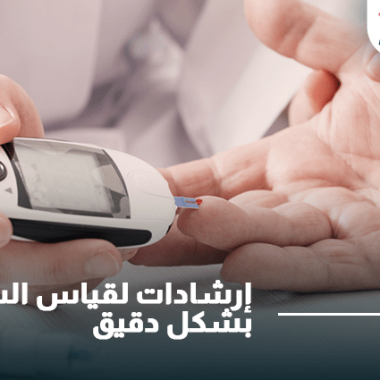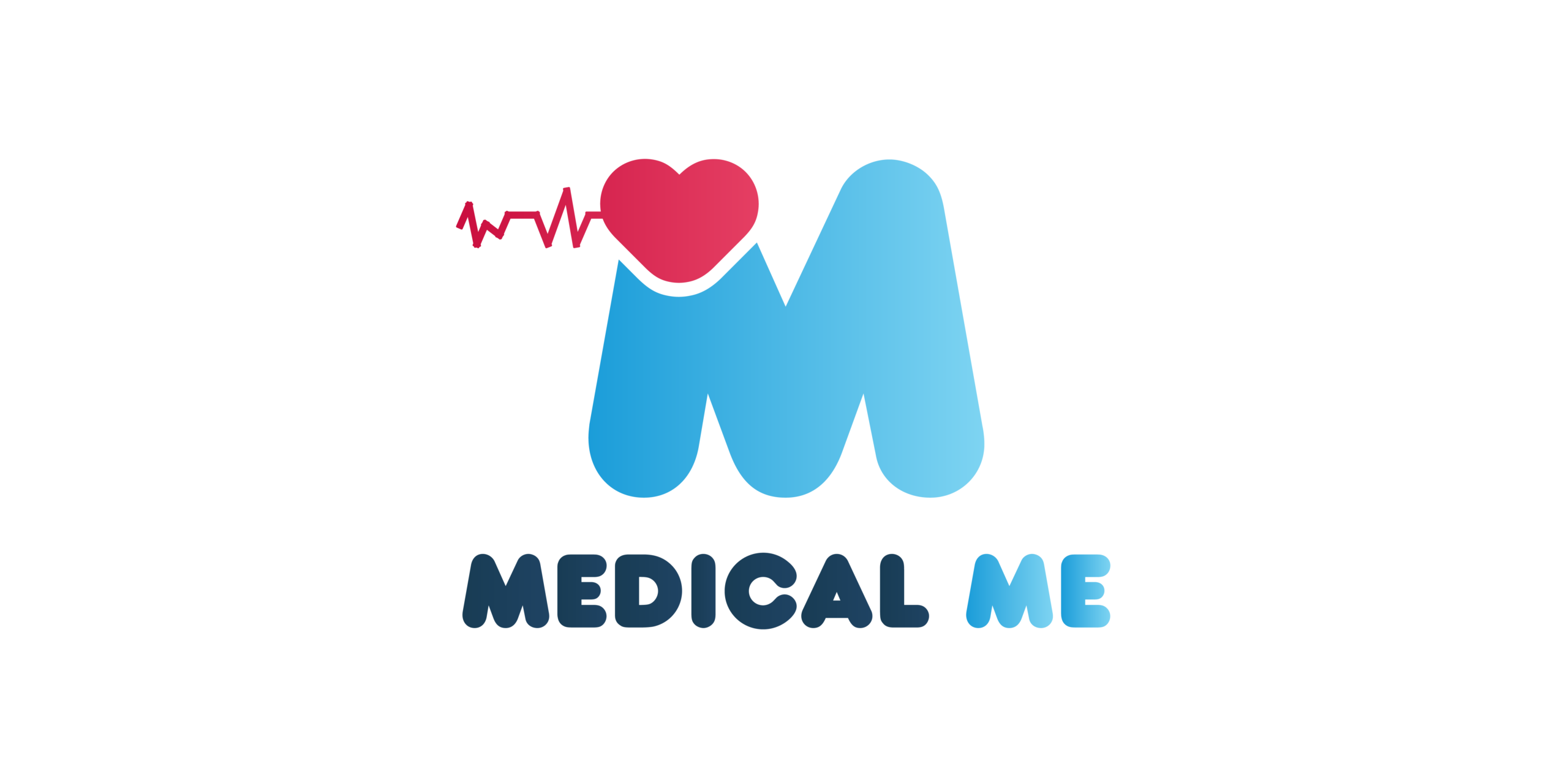Vitamin D
Symptoms Of Severe Vitamin D Deficiency In Females
What are the signs of severe vitamin (D) insufficiency in women, and why is vitamin D deficiency the most common cause of persistent osteoporosis and hair loss in women?
I’m almost certain that the majority of readers suffer from all of those symptoms; if you’re one of those people… This is your article.
Vitamin D, like other vitamins, is important for sustaining the health of the human body, but it differs from other vitamins in that it operates in a hormone-like manner, with receptors on many cells in the human body.

What is the significance of vitamin D?
Vitamin D is involved in many key processes in the human body, has over 200 receptors in various body cells, and is helpful in the prevention of many diseases, including:
- Bone diseases: The human body needs vitamin (D) to create bone by utilising calcium and phosphorus.
- Vitamin D enters the body either orally or through sunshine exposure and is converted into the active form of vitamin, which supports adequate calcium absorption in the bone.
- Cancer: Vitamin (D) affects the genes that control cell proliferation, normal levels of vitamin (D) may lessen the risk of cancer by stopping diseased cells from reproducing.
- Type 2 diabetes: Vitamin (D) aids in the production of insulin within pancreatic cells, It also improves the body’s cells’ response to insulin, reducing cell resistance to insulin, which is a hallmark of type 2 diabetes.
- Cardiovascular disease: Vitamin (D) deficiency may have an indirect effect on the cardiovascular muscle, increasing the risk of hypertension. Recent study, however, has called into doubt whether taking vitamin D supplements lessens the chance of having a heart attack or stroke.
- Obesity: The effect of vitamin (D) on body weight is due to its direct effect on metabolism.
- Multiple sclerosis (MS): Studies have indicated that controlling vitamin (D) levels in the body can help reduce the risk of developing multiple sclerosis. Although science has not yet determined the precise mechanism of that relationship, it may be defined by the effect of vitamin D on the immune system.
- HIV/AIDS in general: Vitamin (D) decreases infections in the body, allowing it to boost immunity and prevent numerous diseases.
Vitamin D deficiency occurs when its blood level is 20 nanograms/mL or less, whereas the normal blood rate of vitamin (D) is 20 to 50 nanograms/mL. There is no particular cause of vitamin D insufficiency in the body, however risk factors related with specific illnesses, as well as lifestyle variables, may exist.
The following are some of the most common risk factors for vitamin D deficiency:
- Dark skin tone is undesirable because it contains a higher amount of melanin, which lowers the skin’s ability to absorb vitamin D.
- Stay in high-pollution areas or in densely populated cities with tall structures that hide sunlight.
- Age.
- Obesity or weight gain
- Malnutrition or a lack of access to vitamin D-rich foods.
- Inattention to solar exposure.
- Stay in chilly places where the sun shines just a few times every day, if at all!
- Excessive usage of sunscreen
- Chronic kidney disease, liver illness, or hyperthyroidism are all possibilities.
- A medical illness that impairs nutrient absorption, such as Crohn’s disease or certain intestinal diseases.
- Exposure to some obesity surgical procedures, such as infectious metastasis surgery or so-called gastric diversion.
- Use of medicines that impact vitamin (D) receptors, such as statins and some steroids.
Women’s vitamin D insufficiency symptoms include:
As we mentioned in the opening, vitamin (D) insufficiency is extremely frequent in women. According to global estimates, around one billion people worldwide have insufficient amounts of vitamin D in their blood.
The following are some of the most prevalent symptoms of vitamin D insufficiency in women:
- Recurrence of infection: One of the most important tasks of vitamin D is to keep your immune system strong so that you can fight the viruses and bacteria that cause disease, where it interacts directly with the cells that fight infection. As a result, its lack results in severe immune inadequacies.
- So, if you feel like you’re in a cycle of recurrent waves of respiratory disorders, from cold or flu drops to acute pneumonia, low vitamin (D) levels could be a reason.
- Persistent weariness and exhaustion: There are various causes of persistent fatigue and fatigue, particularly among women, one of which may be vitamin (D) insufficiency. Unfortunately, it is frequently neglected as a potential reason.
- Low vitamin (D) levels are also linked to sleeplessness and problems falling asleep. This contributes to a continual sense of lethargy and exhaustion throughout the day.
- Bone and lower back pain: Most women suffer from bone and lower back pain, which is caused primarily by a vitamin D deficiency. Vitamin (D) aids in calcium absorption and is the most critical component of bone formation.
- Sadness and anxiety: Yes, emotions of negativity and loss of passion, which can lead to depression, can be caused by a vitamin (D) deficit. Perhaps your grief and despair are caused by a vitamin D deficiency, dear woman.
- Delayed healing: Vitamin (D) aids in the production of the components required for the formation of new skin as part of the healing process.
- Slow healing after surgery or injury may therefore be a sign of severe vitamin (D) insufficiency in women. The most well-known of these is the delayed healing after caesarean section if adequate vitamin D is not consumed during pregnancy.
Vitamin (D) and calcium are complementary components in bone diseases, with vitamin D playing a crucial role in better absorbing bone to calcium. As a result, the prevalence of osteoporosis in menopausal women is an indication of severe vitamin (D) deficiency.
- Hair loss: Hair loss is frequently caused by stress and general weakness. When hair fall is significant, it may be the result of a skin illness or an indication of severe vitamin (D) insufficiency in women, particularly in the case of a spot fox.
- One study of women with fox sickness discovered that they were severely deficient in vitamin D.
- Chronic muscle pain: Determining the reasons of muscular discomfort can be difficult. However, there is some evidence that it could be a sign of severe vitamin (D) deficiency.
- Vitamin D receptors in neurons are known as pain receptors, and they are responsible for our perception of pain. As a result, vitamin (D) may play a role in chronic pain.
- Obesity is one of the most common indicators of vitamin (D) insufficiency in women. Obesity, particularly abdominal obesity.
Women’s treatment for severe vitamin D deficiency:
It’s only natural that vitamin (D) be used to treat vitamin D insufficiency. But the essential question is, what dose does the body require to successfully treat vitamin (D) deficiency?
Vitamin D is available in the following forms:
- Vitamin (D) pills: These supplements, like other dietary supplements, are widely available without a prescription. However, in order to treat vitamin (D) deficiency correctly and avoid symptoms of increased vitamin (D) levels in the body in the case of overdoses, a doctor must be contacted to decide the dosage based on the severity of the disease.
- Vitamin D injection: If you have severe vitamin (D) insufficiency, your doctor may recommend taking vitamin (D) as an injection.
- Vitamin D-rich foods include:
Dear lady, as a significant role in the treatment or prevention of vitamin (D) deficiency in your body, your daily diet should contain more vitamin D-rich foods, such as fatty fish, tuna, and sardines.
The yolks of eggs
Yogurt.
Liver of a cow
The liver of a whale.
Vitamin D-enhanced drinks, cereals, and dairy products, as long as they come from a reliable source.
- Sunshine: When skin is exposed to beneficial sunlight, it provides a natural source of vitamin D. But first, let’s clear up some myths about using sunlight to help your body manufacture vitamin (D).
To avoid its detrimental consequences, the following requirements must be met:
- Make a commitment to periods before 10 a.m. and after 4 p.m. to avoid peak hours when the sun may shine.
- If feasible, expose large sections of skin to direct sunlight by stripping them.
- Avoid excessive sunlight exposure due to the detrimental consequences of UV radiation exposure.
Adult vitamin D doses:
The Endocrine Society advises that an adult obtain 1,500-2000 international vitamin D units per day if they are in good health. In cases of vitamin (D) inadequacy, the doctor may prescribe 5000 international units.
Article synopsis:
Finally, dear reader, you should be aware that the symptoms of vitamin (D) insufficiency, as previously discussed, can be perplexing and difficult to identify. The majority of us have it as a result of the stress of everyday living.
As a result, if you detect any potential symptoms or have any of the risk factors listed above, you should consult your doctor to confirm vitamin (D) deficiency. Your doctor can also help you rule out other possible reasons for some of the symptoms you’re experiencing. Don’t be concerned. For God’s sake, vitamin D insufficiency treatment is simple and simply requires adherence to treatment doses and a healthy lifestyle.
And that’s another message we’d like to convey to you. Every time we write for women, it has the lines of our article. Don’t sacrifice your health for the sake of your family and children. Being healthy is the most expensive gift you can give them. Take this advice. We are delighted that our essay has had a beneficial effect on your health.
Resources:














